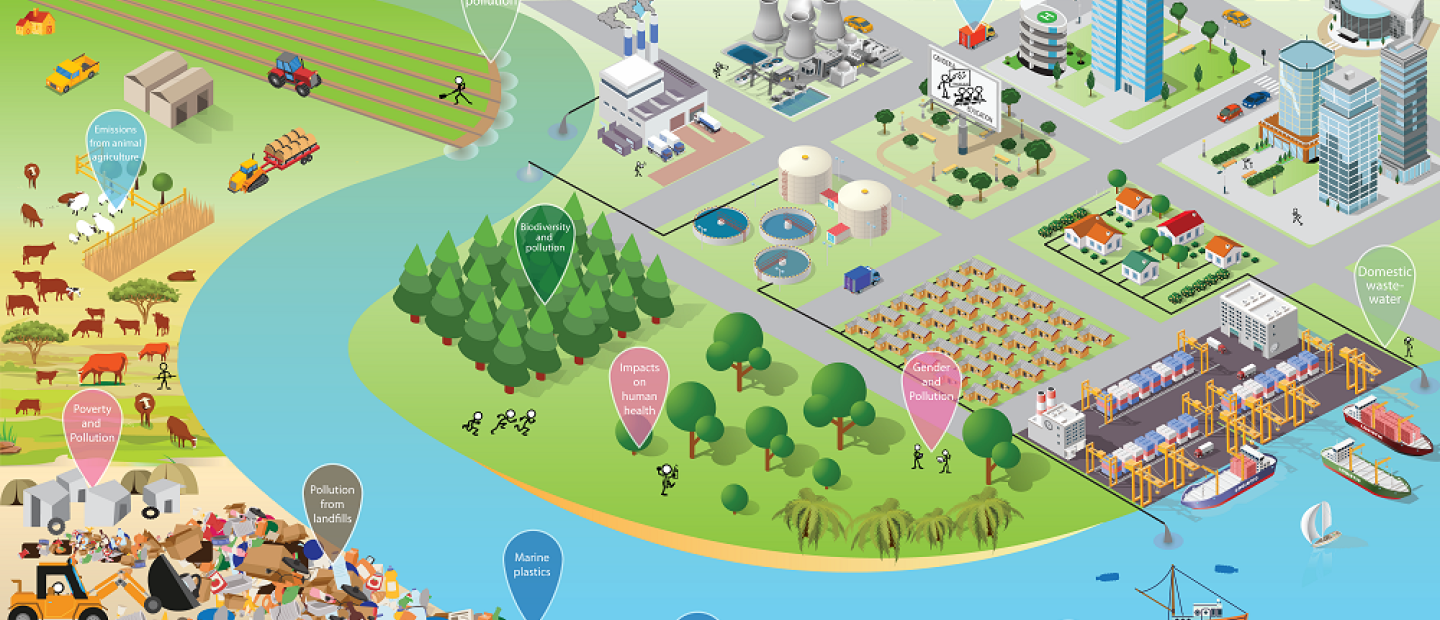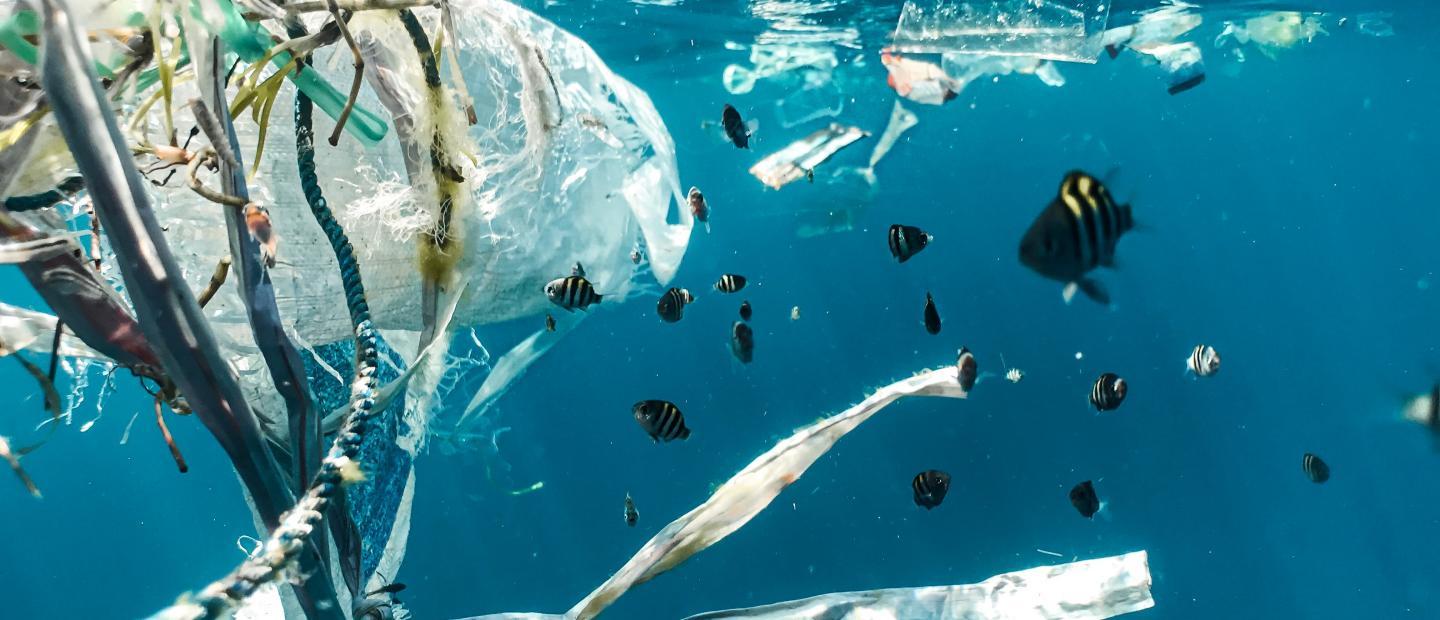Pollution and Waste
Pollution is pervasive and poses a direct threat to human health and the environment. Various forms of pollution are found in the air we breathe, the water we drink, and the land we live on. The UN Environment Programme is working with governments, business and civil society to Beat Pollution. To this end, the Implementation Plan Towards a Pollution Free Planet, which was welcomed at the fourth United Nations Environment Assembly, identified five key action areas for addressing the gaps and challenges associated with pollution: Knowledge, Implementation, Infrastructure, Awareness, and Leadership.
In order to Beat Pollution, governments, businesses, and civil society must have access to the most up to date geo-spatial information and other information for evidence-based policy and action. Equipped with this knowledge, we can contribute to the achievement of the SDGs by 2030. This website helps to address knowledge and implementation capacity gaps by aggregating such tools and assessments, and empowers policy makers, partners, and stakeholders to address pollution in a responsible and environmentally sound manner.
Recent Pollution-related UNEP Assessments and Reports
| Assessment | Description |
|---|---|
| This global report provides a review of policy actions of Member States per the mandate provided by UNEA Resolution 3/8 on Preventing and reducing air pollution to improve air quality globally. It builds on the United Nations Environment Programme (UNEP) 2016 report Actions on Air Quality which provided an overview of actions undertaken by countries around the world, focusing on a set of measures that if adopted would significantly improve air quality. | |
| This report considers both point source contamination and diffuse pollution, and detail also the risks and impacts of soil pollution on human health, the environment and food security, without neglecting soil degradation and the burden of disease resulting from exposure to polluted soil. | |
|
Environmental and Health Impacts of Pesticides and Fertilizers and Ways of Minimizing Them (2021) |
The report recognizes the importance of highlighting the heterogeneity of the status related to environmental and health impacts of pesticides and fertilizers across different parts of globe, when considering the key outcomes of the report and practical limitations in accessing all information sources and confirming scientific soundness. It includes current management practices, legislation and policies and identifies opportunities for transformative actions and enabling policies to minimize the environmental and health impacts of pesticides and fertilizers, including both proven and innovative approaches. |
| The report emphasizes that robust air quality governance is critical to attaining air quality standards and public health goals. This can be achieved through developing legislation for air quality control that integrates accountability, enforceability, transparency, and public participation. The report reveals that there is no common legal framework for Ambient Air Quality Standards (AAQS) globally and that effective enforcement of AAQS remains a significant legal challenge. Many countries lack legislation that sets AAQS or requires air quality monitoring and only a few address transboundary air pollution. |






